6 Ways People Are Actually Using USDT for Daily Spending (Yes, Even Lunch)
USDT Daily Spending: 6 Real-World Ways It’s Being Used Right Now
Once seen purely as a trading tool, USDT (Tether) is now stepping into the real world. With stablecoin adoption on the rise, more people are exploring USDT daily spending—from paying for lunch and coffee to buying gift cards and splitting bills.
In this roundup, we break down six practical ways of USDT daily spending, including options for food, shopping, and even food delivery. Ready to turn your crypto into coffee? Let’s dive in.
1. Paying for Meals at Crypto-Friendly Restaurants
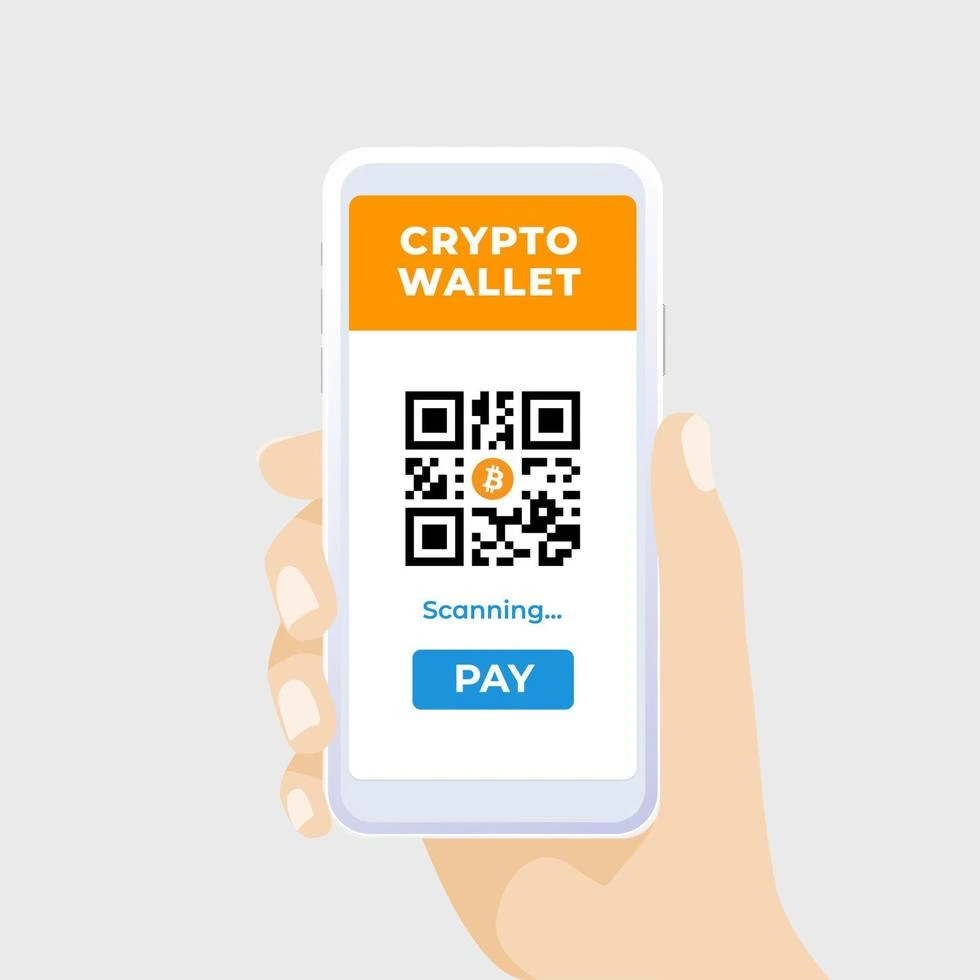
Yes, some cafés and restaurants do accept USDT directly—especially in crypto-forward cities like:
- Miami (USA)
- Dubai (UAE)
- Seoul & Taipei (Asia)
How it works:
Merchants use platforms like Binance Pay, NOWPayments, or BitPay to generate a QR code. Customers scan, confirm, and transfer USDT directly from their wallets.
Pros: Fast and contactless.
Cons: Availability is still location-specific.
2. Using Crypto Debit Cards at Any Store

One of the most accessible ways to spend USDT is through crypto debit cards, which convert your stablecoins into fiat at the point of sale.
Popular options include:
- Crypto.com Visa Card
- Binance Card
- Wirex or BitPay Cards
Where it works: Anywhere Visa or Mastercard is accepted.
This effectively lets you use USDT for lunch, groceries, or even gas—without waiting for the world to go fully crypto.
3. Buying Digital Gift Cards with USDT
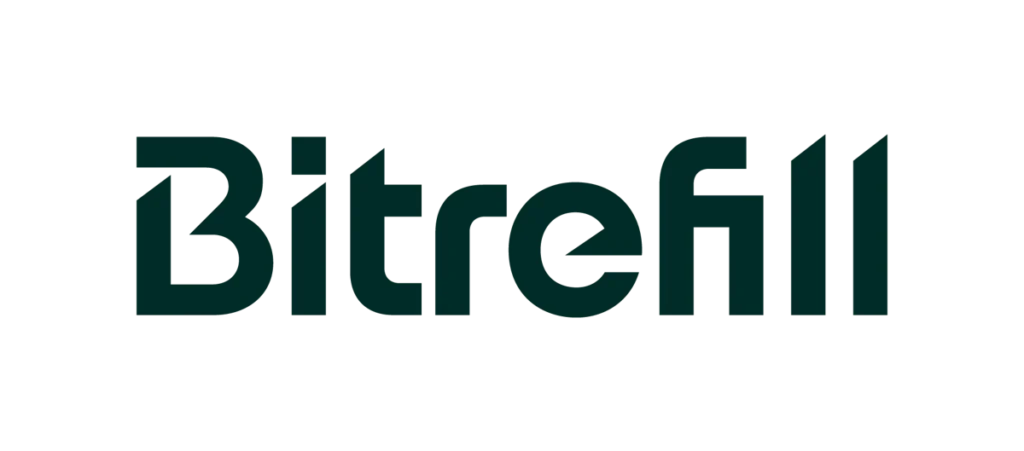
Want to use your USDT on Uber Eats, DoorDash, or even Starbucks? That’s where platforms like these come in:
- Bitrefill
- Coinsbee
- CoinGate
You buy gift cards using USDT, then redeem them like cash on your favorite food delivery or shopping platforms.
Bonus: Many of these services are available globally and don’t require KYC.
4. Paying Through Online Marketplaces That Accept USDT

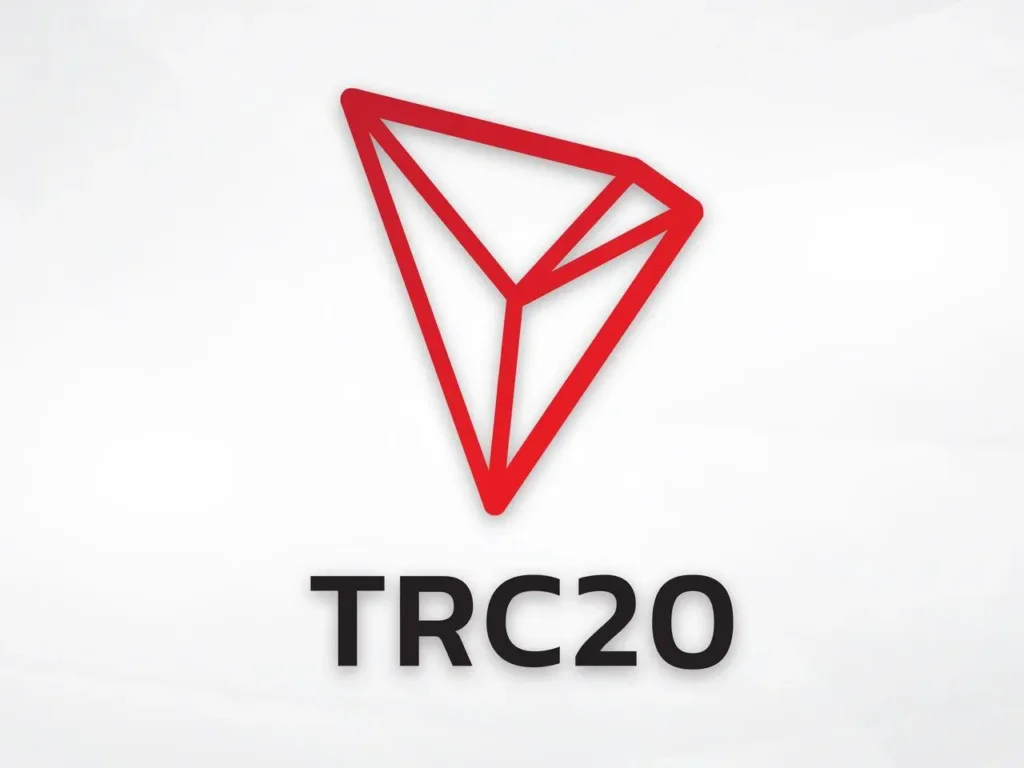
Some online marketplaces and retailers now allow direct USDT payments. Examples:
- Select sellers on Newegg and Overstock
- Crypto-forward e-commerce sites
- Telegram or Discord sellers offering digital goods or services
You’ll need to double-check whether the site is legit and if your wallet supports the necessary blockchain network (ERC-20, TRC-20, etc.).
5. Sending USDT Peer-to-Peer for Group Lunches or Split Bills

In cities or communities where crypto is widely accepted, people are starting to split the bill using USDT. For example:
- A friend pays for lunch, you reimburse them in Tether.
- Crypto meetups use USDT to settle group orders.
Wallets like Trust Wallet, MetaMask, and OKX Wallet make this kind of transfer quick and easy.
6. Using Third-Party Food Platforms with Crypto Integration
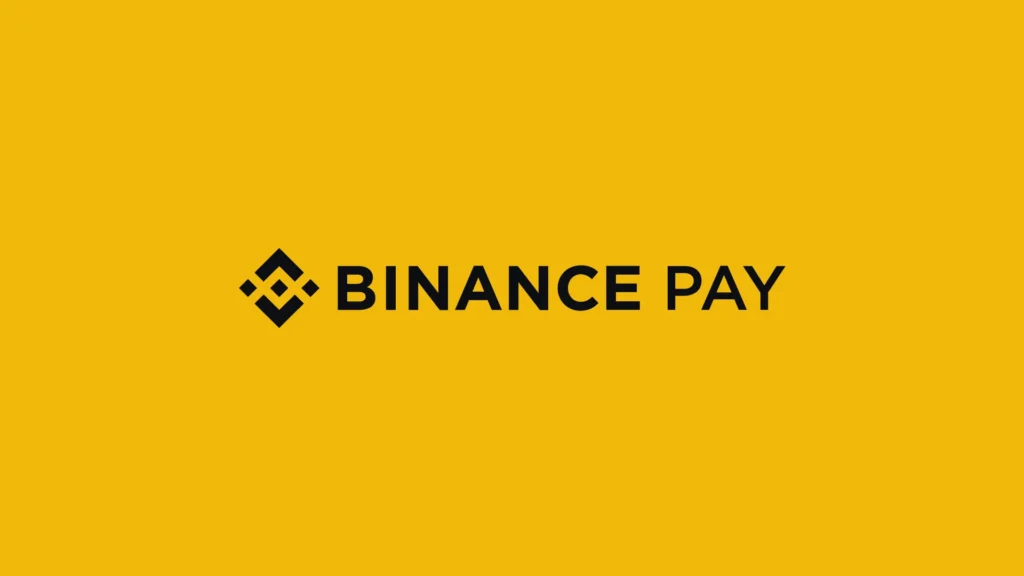
Though still limited, some food delivery apps are testing USDT and other crypto options via integrated payment solutions.
Examples (where available):
- Local delivery platforms in Southeast Asia
- Pilot programs with crypto support via Binance Pay
It’s not yet common, but it’s growing—and worth watching.
Bonus: What’s Holding USDT Daily Spending Back?

Even with these options, spending USDT isn’t frictionless. Here’s what’s still in the way:
- Transaction Fees: Especially if you’re using Ethereum’s ERC-20 network.
- Merchant Hesitancy: Many stores still don’t understand or trust crypto.
- Regulatory Uncertainty: Laws vary by country, and stablecoins are under scrutiny.
- UX Gaps: Some crypto wallets and payment apps are still too complex for the average user.
Final Thoughts: Is Spending USDT on Lunch the New Normal?
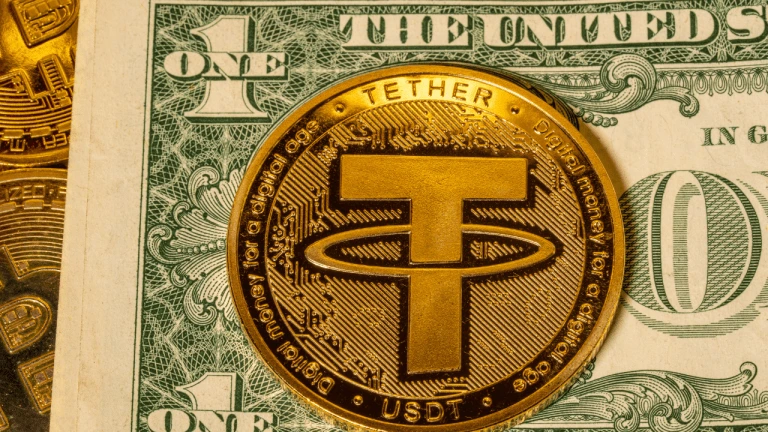
Not quite—but we’re getting there.
USDT daily spending is no longer a novelty. With multiple tools, cards, platforms, and integrations, it’s now entirely possible to live your digital wallet life—especially if you know where to look.
Will it replace traditional money for everyday purchases soon? Maybe not everywhere, but the trend is undeniable.
So, yes—buying lunch with USDT?
-Possible
-Practical (in some places)
-Mainstream? Not yet… but it’s coming
Relevent news: Here




